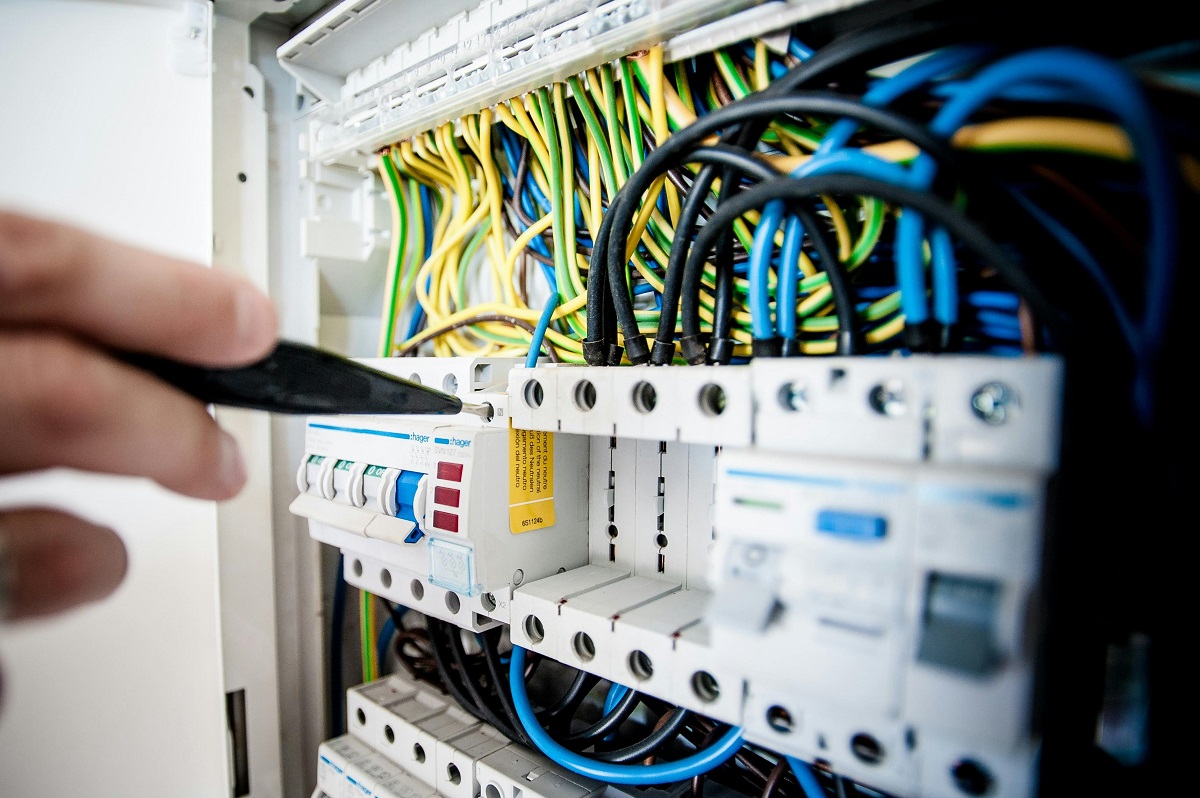Introduction
Imagine the level of frustration you experience when your stabilizer shuts down due to overheating. The device is crucial for the safety of your appliances and machines from voltage fluctuation. But what about the safety of your stabilizer? The answer is very simple: Don’t live with the problems; just solve them!
Here in this article, we will delve into a deeper understanding of all the problems you will face in maintaining a servo stabilizer. We will also discuss the resolution to the problems.
1. Overheating
Cause:
There are three major reasons for overheating your device. The first is too much load on the stabilizer, the second is the lack of proper ventilation, and the third is some fault in the internal component.
Solution:
Reduce load: The first thing you can do to stop overheating is reduce the load on your stabilizer because it is the major cause for it. When the stabilizer is operating on more than its rated capacity, it is exerting itself more than its capacity, which ends up in overheating. For the smooth functioning of the stabilizer, it is advisable to check its load capacity before using it.
Improve Ventilation: Better airflow is important for the dispersion of heat. It helps in cooling down the internal components and help the stabilizer function for a longer duration. Mount the stabilizer at a place where there is a free flow of air.
Check components: If the overheating persists even after reducing the load and proper ventilation, then it must be a case of internal wear and tear. Carefully check the components of the stabilizers. In case of damage, repair or replace immediately.
2. Voltage Fluctuations
Cause:
There are three major reasons behind voltage fluctuations: unstable power supply, overload, and faulty components.
Solution:
Stabilize power supply: Before you buy a stabilizer, check the range of voltage fluctuation in your area with the help of a technician. Pick a suitable stabilizer that can regulate the range of voltage fluctuation. You can also use a UPS uninterruptible power supply with the stabilizer to mitigate the possibility of any damages.
Replace faulty components: Sometimes the malfunctioning of the internal components (sensors, control circuits, etc.) can cause voltage fluctuation. Check, remove, and replace the faulty component immediately.
Avoid Overloading: Make sure that the load of the connected devices is less or equal to the load capacity of your stabilizer. Either buy a stabilizer with high load capacity or connect fewer devices. If the load exceeds the capacity of the stabilizer, it can cause voltage fluctuations.
3. Noise and Humming
Cause:
The major causes of noisy stabilizers are loose connections, interference from external sources, and faulty components.
Solution:
Check connections: Loose wires, when not properly connected, can result in humming sounds and buzzing noises that may be bothersome to the ear. Remember to secure all connections to prevent any potential issues with contact points that could lead to vibrations and unwanted noise disturbances.
Replace faulty components: If some of the parts, such as transformers or relays, are not working properly, they might create disturbances. By swapping out these malfunctioning components, you can bring back quieter performance.
Shield from interference: Unwanted noise may result from disruptions originating from equipment or power lines, but implementing effective shielding or grounding measures can minimize such issues.
4. Slow Response Time
Cause:
The reasons behind the slow response of the stabilizer are faulty control circuitry, mechanical issues, and excessive load.
Solution:
Inspect Control Circuitry: Servo stabilizers use control systems to regulate voltage levels. Any defects in the control boards could lead to delays in response times, so it’s crucial to check the circuitry for problems and replace any faulty parts promptly if necessary.
Lubricate Mechanical Parts: Servo stabilizers commonly consist of moving components, like motors or servo mechanisms, that may operate slowly if not adequately lubricated; regular lubrication is key to ensuring functionality.
Reduce load: When a stabilizer is carrying a load, it might need time to regulate voltage levels properly, but easing the load on it can help make it more responsive and efficient.
5. Frequent Failures
Cause:
Your stabilizer might fail frequently due to poor quality of components, improper installation, and other environmental factors.
Solution:
Use high-quality components: Using low-quality materials may result in frequent malfunctions of the stabilizer, but opting for a stabilizer crafted from reliable and long-lasting components can help prevent frequent breakdowns and failures.
Proper installation: Improper installation may impact the performance of the stabilizer unit; it is crucial to follow the manufacturer’s instructions when installing it to guarantee wiring and grounding procedures are executed correctly.
Protect from environmental factors: Extreme temperatures and humidity changes can cause harm to the parts of the stabilizer; therefore, it is important to protect it by placing it in a controlled environment or using covers to shield it from dust and other harmful elements.
Conclusion
Servo stabilizers play a vital role in maintaining voltage stability across multiple setups by tackling issues like overheating and voltage fluctuations effectively.
When you address concerns such as noise levels and slow response times to prevent frequent breakdowns and ensure optimal performance and longevity of the stabilizer,
Through consistent maintenance routines coupled with responsible usage habits and timely repairs for sustained operational efficiency over an extensive period, you can resolve common servo stabilizer problems.

